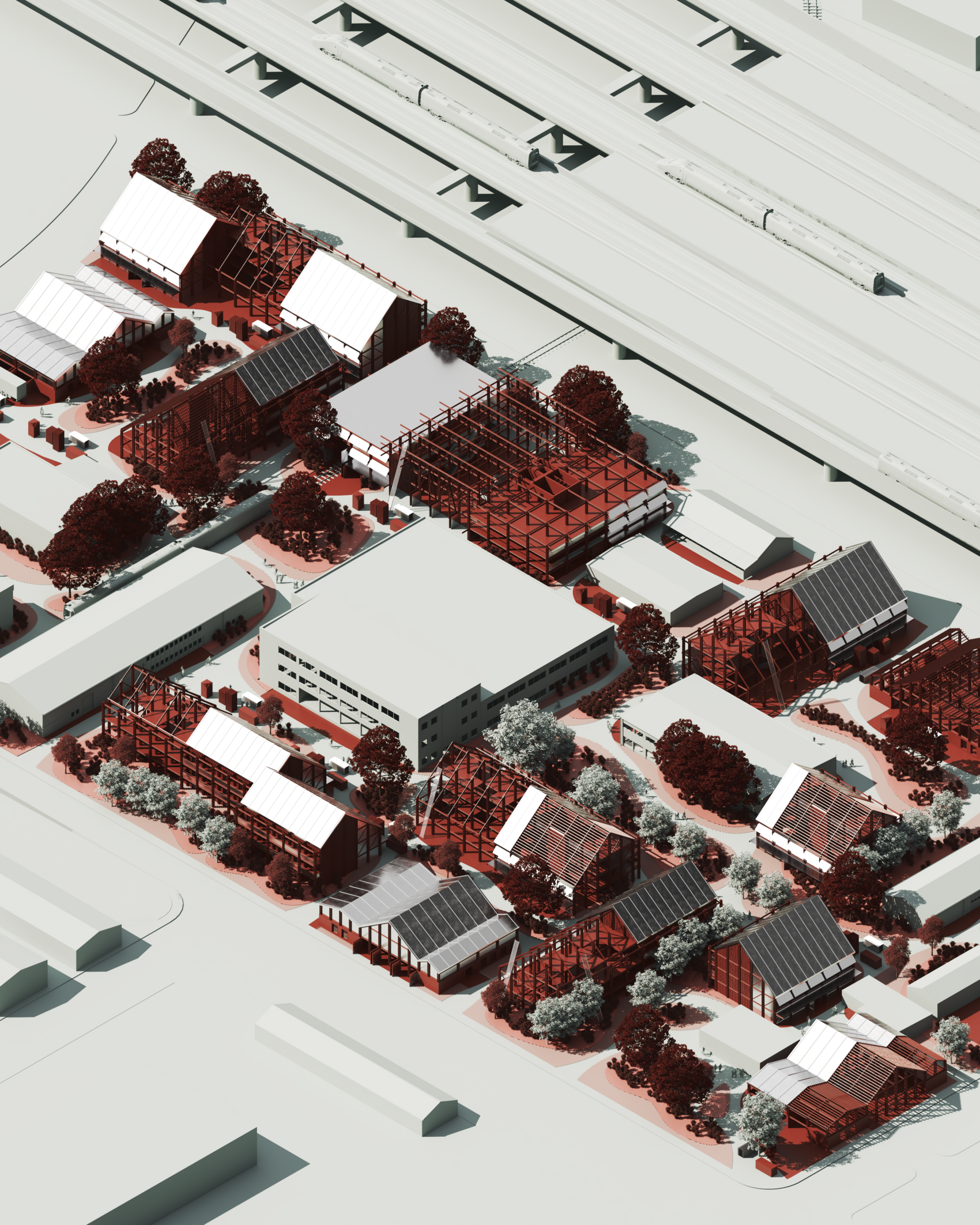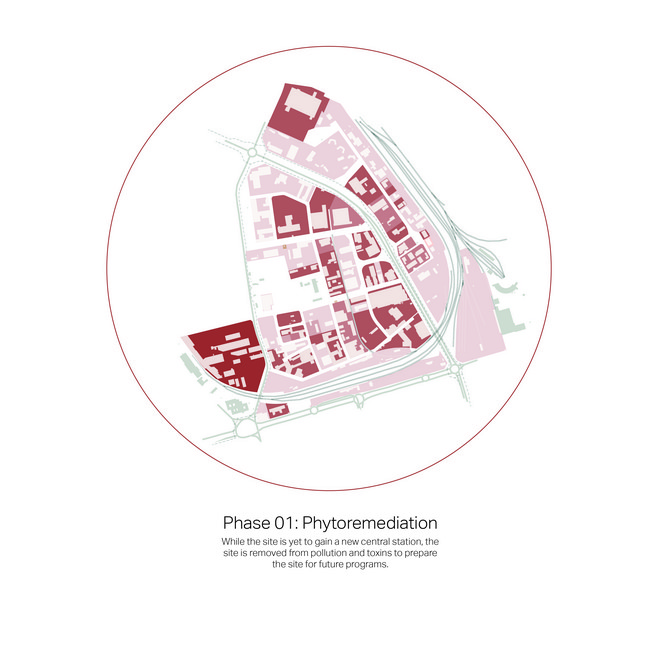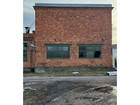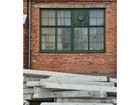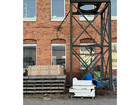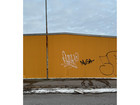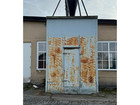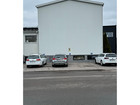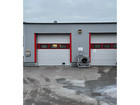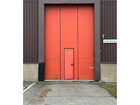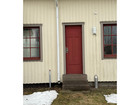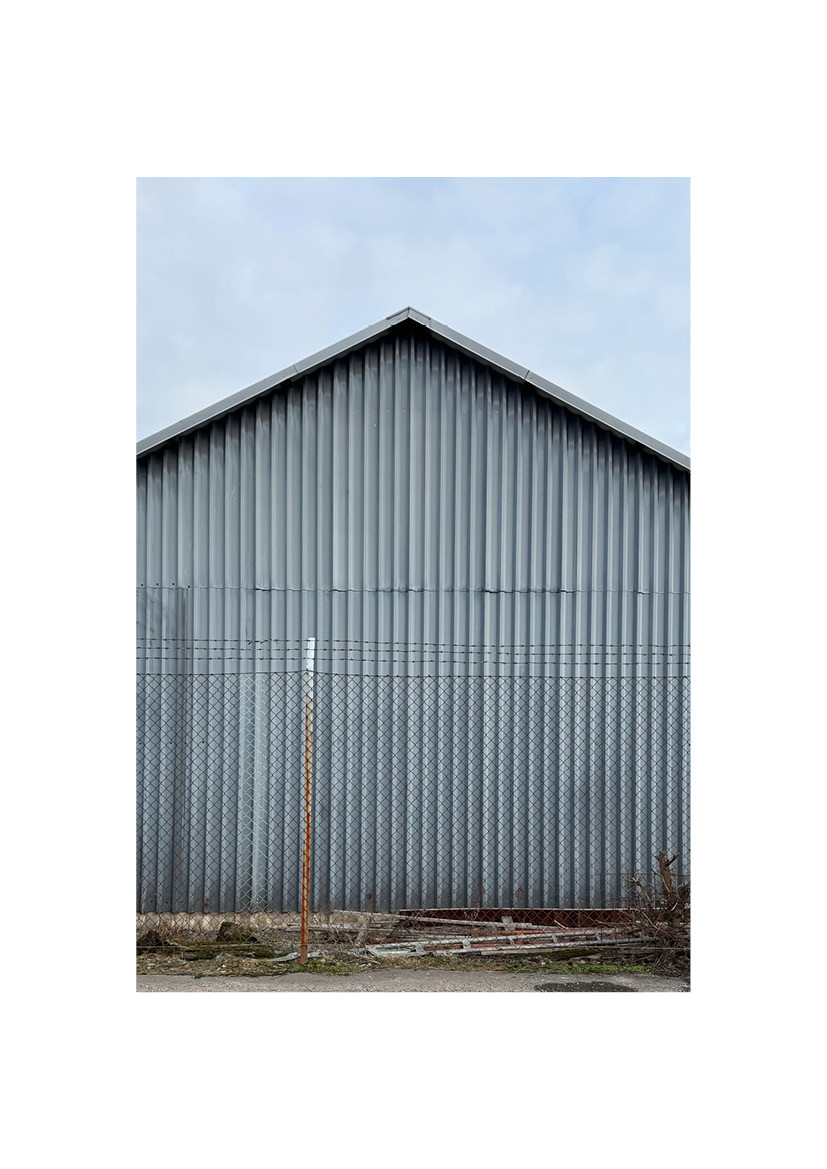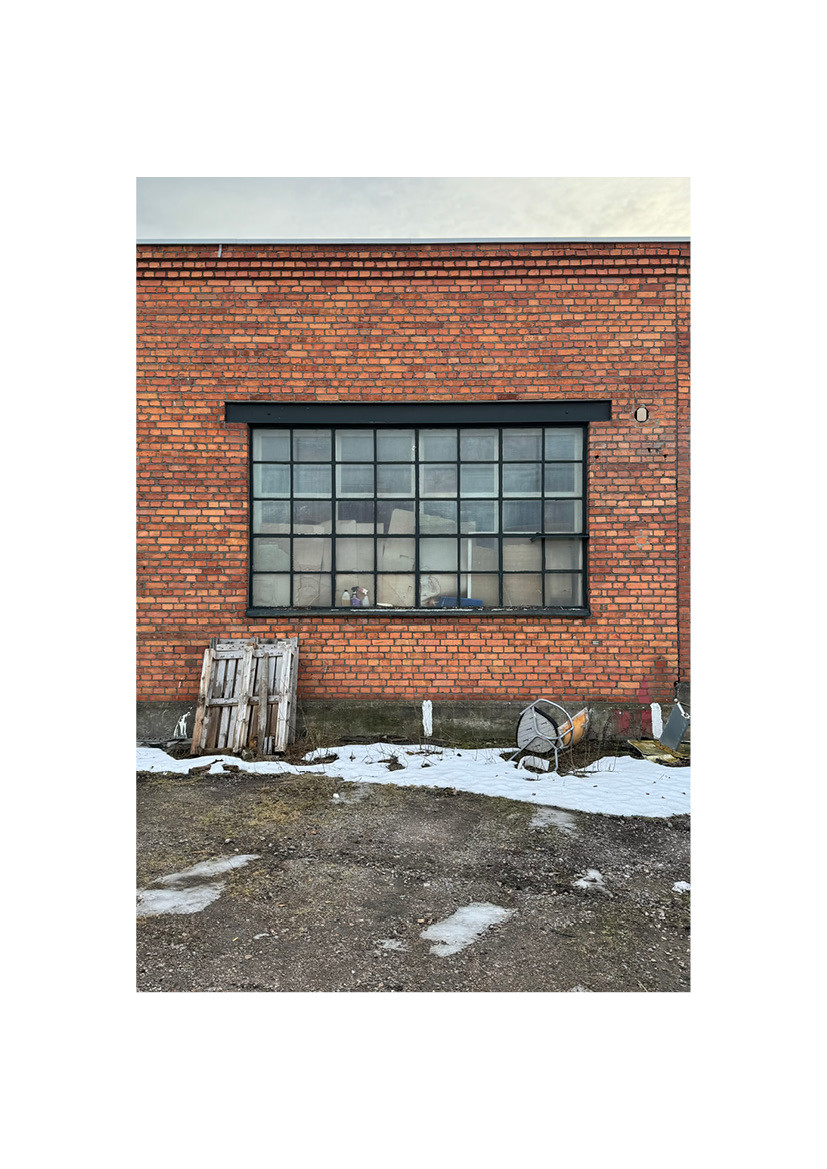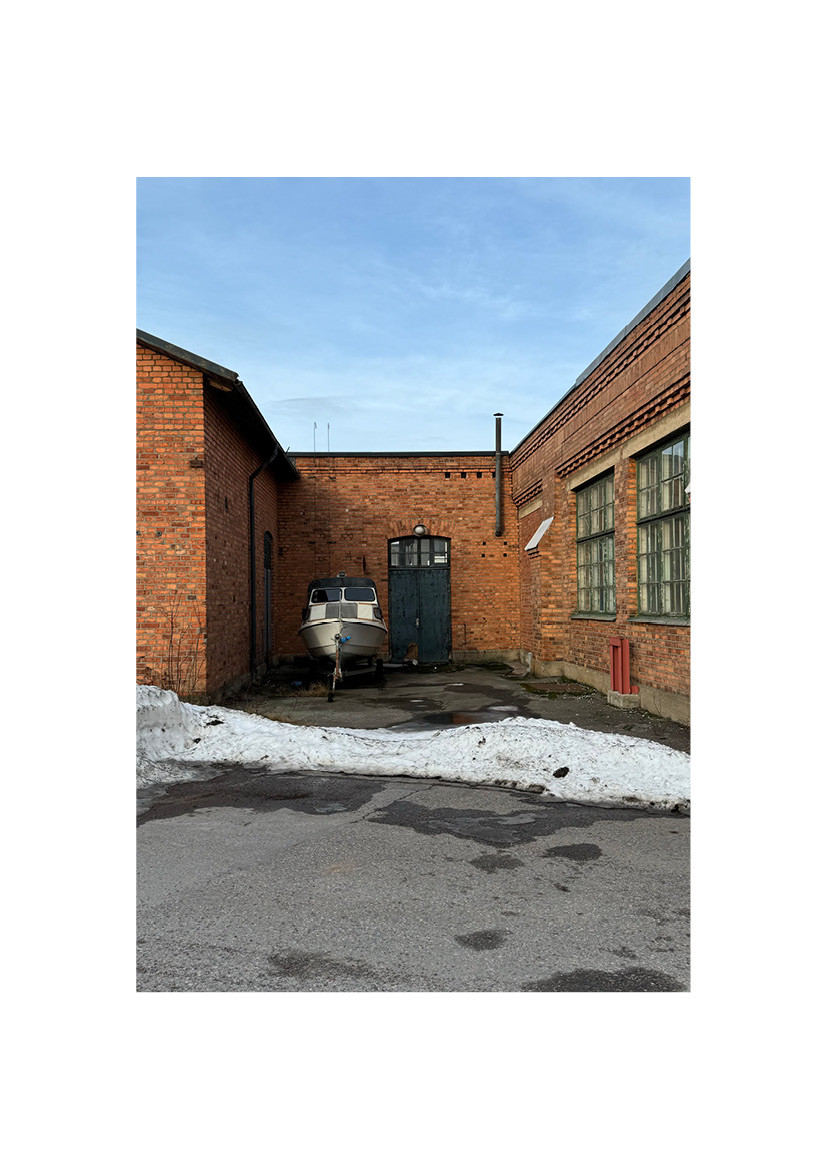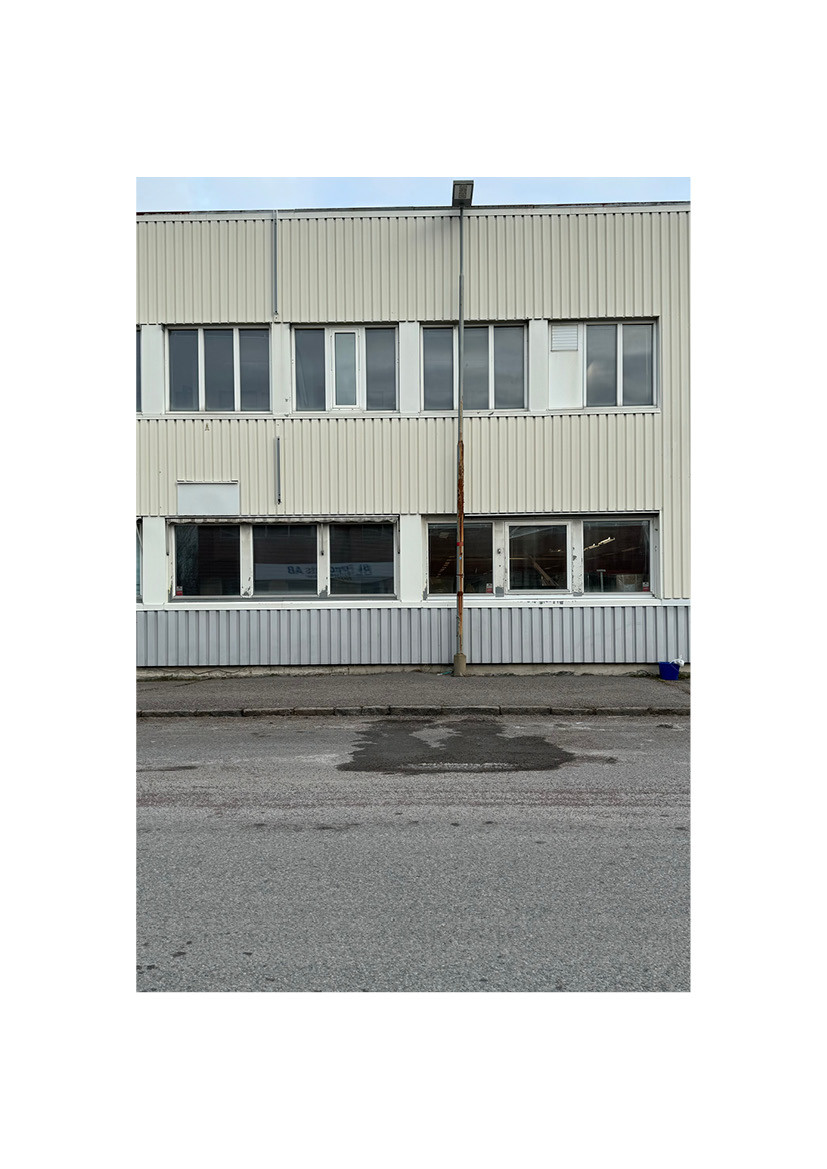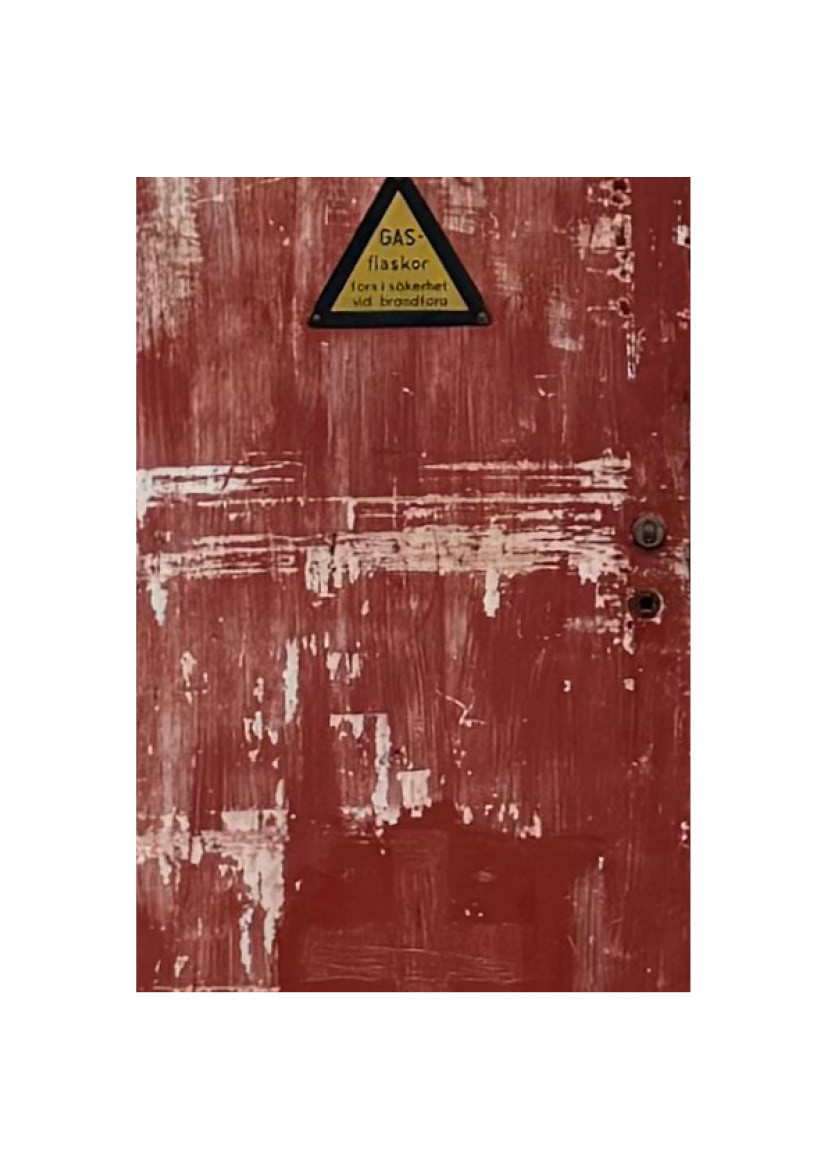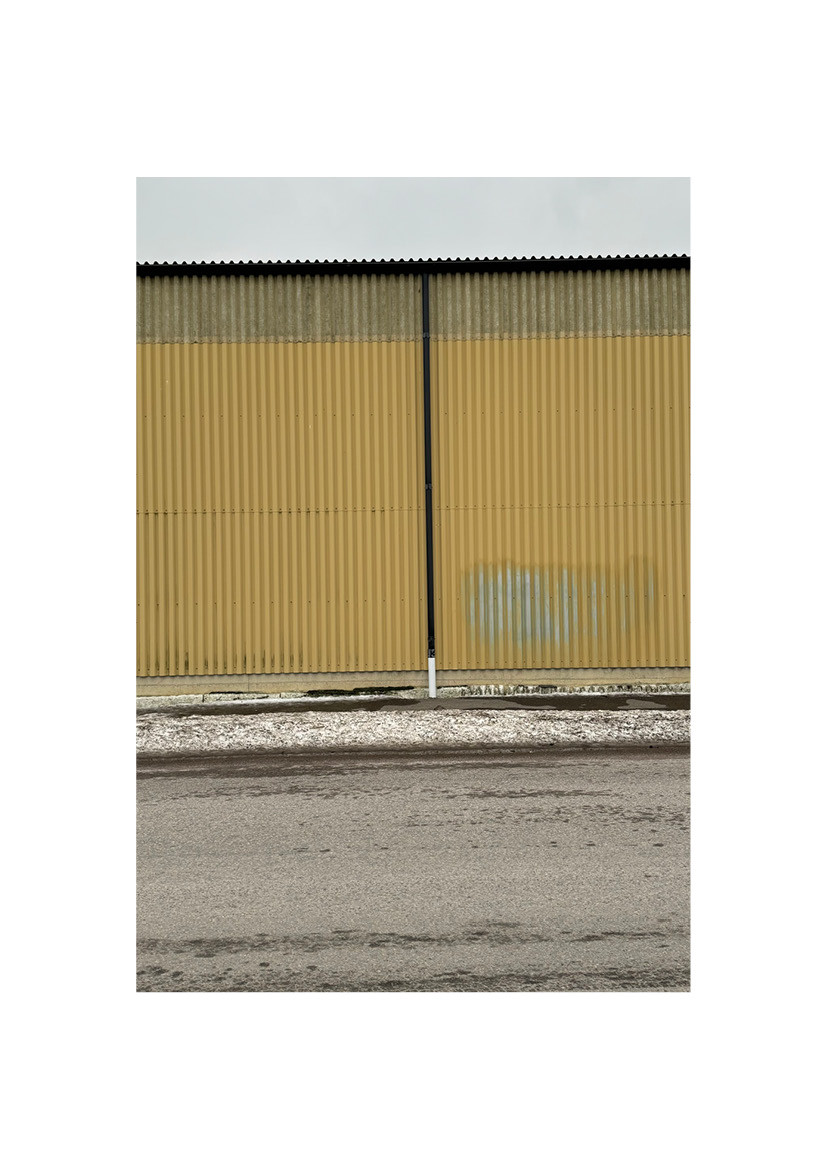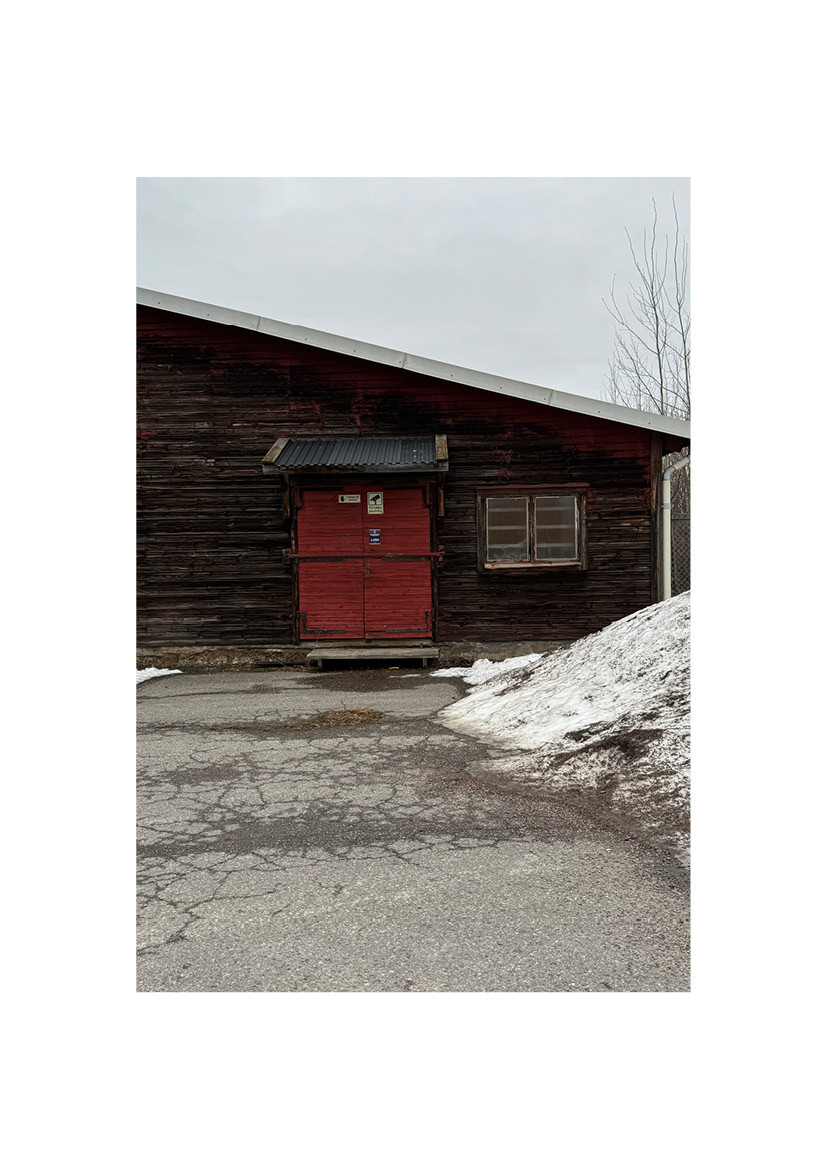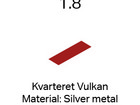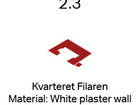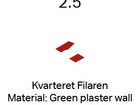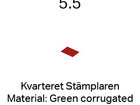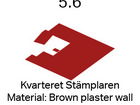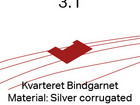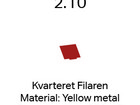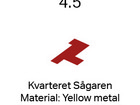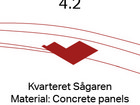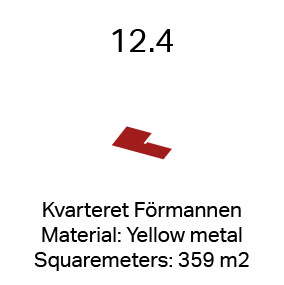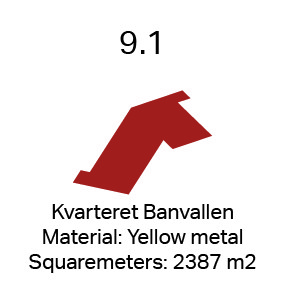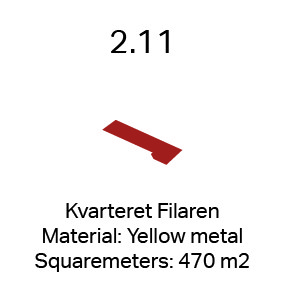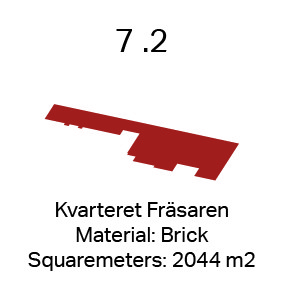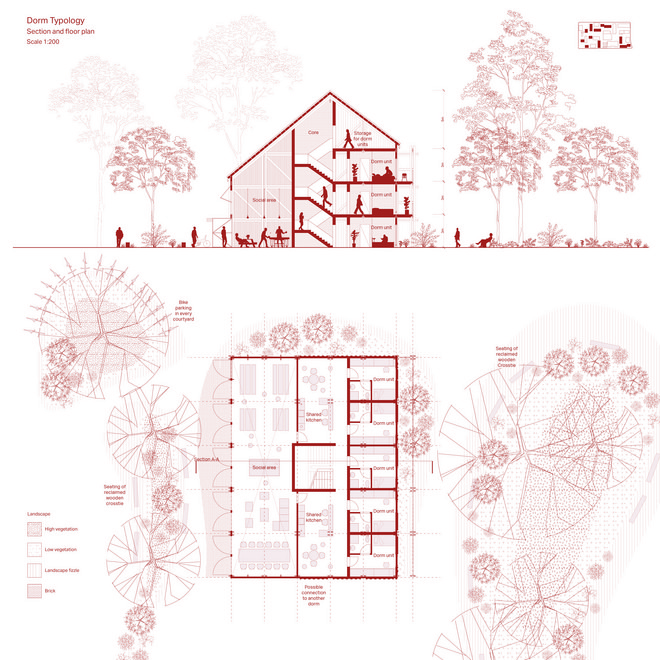
Re:Claiming Butängen
Re:Claiming Butängen is an educational campus for students learning about the processing of reclaimed materials – a campus fostering community, innovation and identity. By using reclaimed materials for new campus buildings, the project seeks to address material depletion in construction, recognizing the urgency of planning for a future where construction resources are not indefinitely available.
Tackling the Issue of Raw Material Depletion
The building and construction sector has a significant role in the global share of annual carbon emissions where one of the largest factors being the carbon footprint of construction materials. It is evident that the extractive practices associated with construction materials, have consequences on our planet. Extraction, transportation, processing, utilization and disposal of materials to meet societal demands has significantly contributed to surpassing critical planetary boundaries.
But, the construction sector heavily depends on the extraction of resources and global material extraction is expected to double by 2060. To drive global supply chains, the impact affecting our planet is destructive and raises a demand on architecture to find new solutions. Although circular solutions are gaining traction, the practice of reusing building materials remains a niche within architecture.
The main issue for implementing reclaimed materials is the lack of knowledge in education, practice, and building tectonics. This gap affects all stakeholders, including architects, designers, contractors, developers, and clients.



A new high speed train resulting in demolition
Ostlänken is the first phase of Sweden’s new mainline network, designed to connect three major cities: Stockholm, Gothenburg, and Malmö.
The construction will take place in three stages and will involve significant work, especially in crowded areas like Norrköping. Regionally, the goal is to make it easier for people to work across different regions while living in other cities. Norrköping will be a key junction for this new high-speed train, affecting the Butängen area north of the current rail tracks.
However, the national plans for Ostlänken are impacting local authorities. The Municipality of Norrköping plans to demolish all of Butängen to make way for the new high-speed tracks and additional housing, without considering the existing urban layout of Butängen. This new development is scheduled to be completed by 2080.
This will lead to the loss of materials due to the demolition of existing structures. The project reveals that material loss often comes with other societal issues. Large-scale demolition for new developments can lead to a loss of identity, and in this case - "sleeping town urbanism" where people only sleep and then commute elsewhere for work, leaving towns empty and lifeless during the day.
A new highspeed train

From national level to Butängen


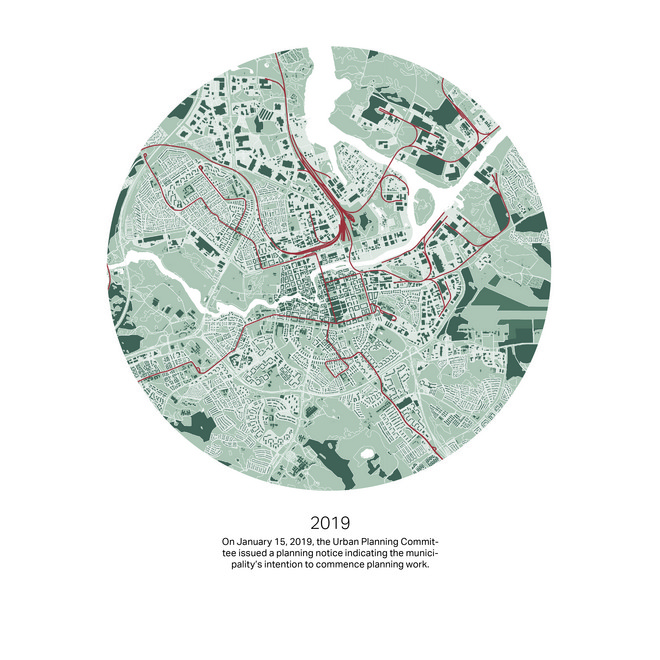

Creating a material bank
To understand the character of the buildings slated for demolition, I photographed and catalogued all 103 buildings that need to be deconstructed for the new high-speed train tracks. This comprehensive catalog includes detailed information on each building’s materiality, colors, and square meters. Each building was meticulously photographed to capture its architectural details, material conditions, and color schemes, ensuring that the essence of the structures is preserved before demolition.
Building Documentation
Material Bank
Constructing new campus typologies from reclaimed materials
A thorough analysis of the building materials was conducted, identifying the types, quantities, and conditions of materials used in each structure. The color palettes of the buildings were documented to understand their aesthetic values and historical significance, including identifying dominant and accent colors to inform future design aesthetics. Each building was measured in square meters to provide a clear understanding of the scale and scope of materials available. A material bank was established to store and manage the reclaimed materials from the demolished buildings. Using these reclaimed materials, new campus typologies will be constructed. These new structures will blend the historical and cultural essence of the demolished buildings to create a sense of belonging.




Det Kongelige Akademi understøtter FN’s verdensmål
Siden 2017 har Det Kongelige Akademi arbejdet med FN’s verdensmål. Det afspejler sig i forskning, undervisning og afgangsprojekter. Dette projekt har forholdt sig til følgende FN-mål




















